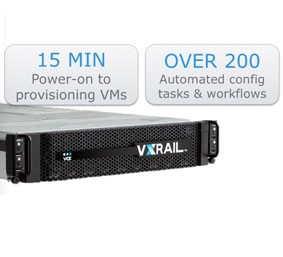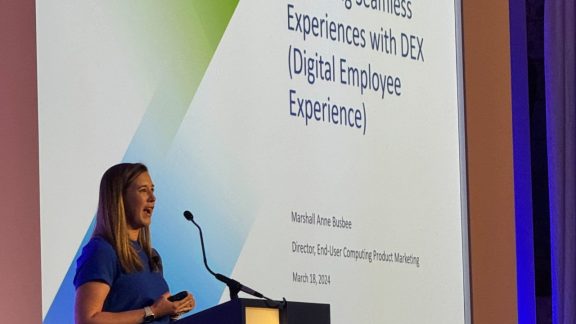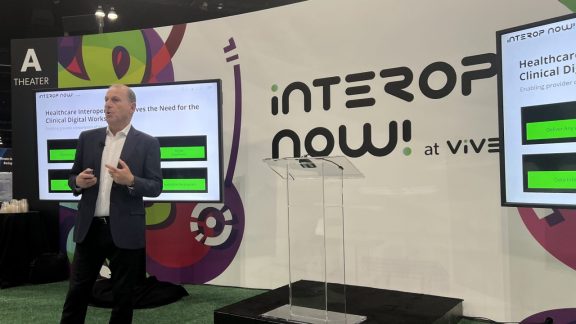 It is no secret that deploying virtual desktops and apps can be challenging. System architects often need to build in features like redundancy, fault tolerance and high availability to avoid system crashes and a resulting mob of unhappy and unproductive users. Accommodating these requirements can drag out the planning and execution phases of a virtual desktop deployment.
It is no secret that deploying virtual desktops and apps can be challenging. System architects often need to build in features like redundancy, fault tolerance and high availability to avoid system crashes and a resulting mob of unhappy and unproductive users. Accommodating these requirements can drag out the planning and execution phases of a virtual desktop deployment.
The many rewards to virtualizing desktop and apps—improved data security, operational cost savings and the efficiency of centralized management, among many other benefits—make an increasing number of organizations take the plunge. So, how do you get to the benefits without the hassle in a much shorter time?
Leveraging Hyper-Converged Infrastructure Appliances (HCIAs) is one obvious choice. HCIAs:
- Contain compute, memory and storage;
- Typically have a single point of support;
- Have lots of special sauce to get them up and running quickly; and
- Can easily scale.
While still nascent, HCIAs are starting to catch the attention of more and more of our customers. A great case in point is a customer we recently worked with that was struggling to get their desktop deployment up and running according to schedule. This customer is a large healthcare provider and turned to desktop virtualization to support independent clinicians. The ultimate goal was enabling access of EPIC (medical records), clinical desktop apps, email, Microsoft Office and imaging– a pretty standard use case in healthcare. And, of course, they also needed to get these virtual desktops deployed and provisioned quickly.
The customer decided not to set up its own infrastructure, because they wanted something that was easy, fast and robust. Instead, they moved forward with VMware Horizon on VCE VxRail. With this solution, they were able to get desktops up and running across multiple data centers in just seven weeks from the day they signed the purchase order.
Yes: that’s less than two months from order to deployment.
This same customer plans to roll out another 2,000 desktops by the end of 2016. And with VxRail, they can easily scale out linearly and customize each node to meet their needs with more compute, memory or storage.
In addition to Horizon, they are also running VMware vRealize Operations for Horizon, with a plug-in that allows them to monitor the performance of their environment, including the EPIC apps and the underlying infrastructure for a single source of truth. And with VMware’s App Volumes, Instant Clone and User Environment Manager, they can spin up a fresh desktop in seconds that is personalized for a truly stateless desktop.
[Related: VMware Instant Clone Technology for Just-In-Time Desktop Delivery in Horizon 7 Enterprise Edition]
They also chose VMware NSX for micro-segmentation, which allows desktops to interact only with those assets that are allowed—essentially putting a perimeter firewall around each desktop to contain threats. The combined solution has allowed this particular hospital to start small and grow over time, all while supporting secure access to critical apps.
If you are like this healthcare customer and are looking for a way to get started with desktop and application virtualization without the hassles and in record time, take a look at Horizon with VxRail.
[embed: ]Learn more about VCE VxRail here and VxRail with Horizon here.







